How to Choose the Perfect Turfgrass for Your Lawn
Emily Fielder2024-01-04T08:28:44-06:00In the diverse landscape of the United States, selecting the right turfgrass for your yard can be daunting. Each region has a unique climate and challenges, from the chilly northern states to the sunny South. In this comprehensive guide, we break down the most common types of turfgrass and help you make an informed decision based on your specific geography and yard conditions. Whether you’re in the Northeast, Midwest, South, or anywhere in between, we’ve got you covered.
Turfgrass Types, Planting and Maintenance
You can click on each turfgass type below to view the complete profile available via PlantTAGG search.
Bermuda Grass (Cynodon dactylon)
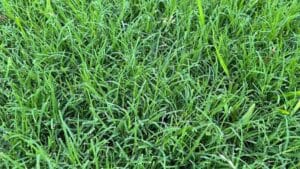
Preferred Location: Southern and southwestern regions (Southern US)
Ideal Areas: Hot, arid climates with mild winters
Sunlight: Requires full sun; extremely heat-tolerant turfgrass
Planting: Best established from sod or plugs in late spring or early summer
Watering: Drought-tolerant; water deeply but infrequently
Pruning/Cutting: Mow to a height of 1 to 1.5 inches
Fertilizing: Bermuda grass requires nitrogen-rich fertilizer with an N-P-K ratio of 3:1:2 or similar. Apply fertilizer during the growing season from late spring to early summer. Split the annual fertilizer application into multiple smaller doses for even growth
Pest Management: Common pests include armyworms, nematodes, and grubs
- Armyworms: Monitor for early signs of damage and treat with insecticides as needed
- Nematodes: Nematode-resistant Bermuda grass varieties are available for areas prone to nematode infestations
- Grubs: Apply preventive treatments during late spring to early summer
Fescue Grass (Festuca spp.)

Preferred Location: Transition zones and northern regions (Northeastern to Midwestern US)
Ideal Areas: Cool to temperate climates with moderate rainfall
Sunlight: Tolerates shade but prefers partial to full sun
Planting: Seed in early fall or late winter
Watering: Regular watering, about 1 to 1.5 inches per week
Pruning/Cutting: Mow to a height of 2 to 3 inches
Fertilizing: Fescue turfgrass benefits from a slow-release nitrogen fertilizer with an N-P-K ratio of 3:1:2. Apply fertilizer in the fall and spring when the grass is actively growing. Avoid excessive nitrogen in the summer
Pest Management: Common pests include red thread, brown patch, and snow mold
- Red Thread: Improve soil drainage, reduce thatch, and apply fungicides if necessary
- Brown Patch: Proper lawn care practices, including aeration and dethatching, can help prevent brown patch disease
- Snow Mold: Remove snow from the lawn in winter to minimize snow mold risk
Kentucky Bluegrass (Poa pratensis)
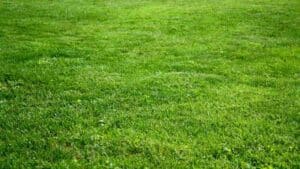
Preferred Location: Northern and transitional climate zones (Northern US)
Ideal Areas: Cool, temperate climates with cold winters and moderate summers
Sunlight: Requires full sun to thrive but can tolerate some shade
Planting: Best seeded in early fall
Watering: Regular watering, about 1 to 1.5 inches per week
Pruning/Cutting: Mow to a height of 2.5 to 3.5 inches
Fertilizing: Kentucky Bluegrass benefits from a balanced fertilizer with a nitrogen-phosphorus-potassium (N-P-K) ratio of 3:1:2 or 4:1:2. Apply fertilizer to this turfgrass in early fall and late spring when the grass is actively growing. Avoid excessive nitrogen in the summer to reduce disease susceptibility.
Pest Management: Common pests include billbugs, white grubs, and leaf spot
- White Grubs: Apply preventive treatments in late spring to early summer when grubs are in the larval stage. Beneficial nematodes or insecticides can help control them
- Billbugs: Monitor for adult billbugs in early summer and apply insecticides if needed
- Leaf Spot: Improve air circulation and avoid excessive moisture to prevent leaf spot diseases
St. Augustine Grass (Stenotaphrum secundatum)
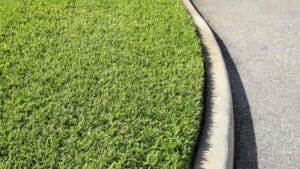
Preferred Location: Gulf Coast and southeastern regions (Southern US)
Ideal Areas: Hot and humid climates with frequent rainfall
Sunlight: Tolerant of partial shade but prefers full sun
Planting: Best established from sod or plugs in late spring or early summer
Watering: Requires consistent moisture; water deeply but infrequently
Pruning/Cutting: Mow to a height of 2.5 to 4 inches
Fertilizing: St. Augustine turfgrass requires a balanced fertilizer with an N-P-K ratio of 3:1:2. Apply fertilizer in late spring and early summer when the grass is actively growing. Avoid over-fertilization, which can lead to thatch
Pest Management: Common pests include chinch bugs, sod webworms, and brown patch
- Chinch Bugs: Use insecticides labeled for chinch bug control if an infestation is detected
- Sod Webworms: Apply appropriate insecticides if webworm damage is observed
- Brown Patch: Proper watering practices can help prevent brown patch disease, as it is often related to excessive moisture
Zoysia Grass (Zoysia spp.)
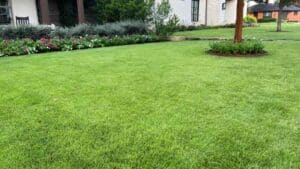
Preferred Location: Transition zones and some southern regions (Midwestern to Southern US)
Ideal Areas: Moderate to hot climates with variable precipitation
Sunlight: Tolerates some shade but prefers full sun
Planting: Plant as sod or plugs in late spring
Watering: Moderate water needs; allow the soil to dry slightly between watering
Pruning/Cutting: Mow to a height of 1 to 2 inches
Fertilizing: Zoysia grass prefers slow-release nitrogen fertilizers. Apply fertilizer to this turfgrass in late spring or early summer when the grass is actively growing. Avoid excessive nitrogen applications, which can lead to thatch buildup
Pest Management: Common pests include chinch bugs, zoysia grass mites, and brown patch disease
- Chinch Bugs: Treat affected areas with insecticides labeled for chinch bug control
- Zoysia Grass Mites: Apply miticides if mite infestations are observed
- Brown Patch: Improve soil drainage and avoid evening watering to reduce the risk of brown patch disease
Keeping Your Turfgrass Free of Weeds
Regardless of the type of turfgrass you have, weeds will be an issue if the lawn is not appropriately maintained. Once a weed is growing, you must remove it manually or chemically. Manually means digging it out at the root. Chemically speaking, there are two options: (1) pre-emergents that kill the weed seed as it germinates and (2) post-emergents that kill the weed as it grows. Many considerations come into play when determining which is best for your yard. Howard Garrett – aka, The Dirt Doctor – has a great Weed Control Guide that can help you get started.
Turfgrass Selection & Care with PlantTAGG
No matter where you call home in the United States, there’s a turfgrass variety that’s perfect for your yard. By considering your climate, sunlight, and maintenance preferences, you can enjoy a lush and healthy lawn that’s the envy of your neighborhood. Remember to also keep an eye on common pests and diseases in your area, and consult experts at your local garden center as needed.
And of course, you can always trust PlantTAGG to give you the best plant suggestions and care recommendations for turfgrass, plants, flowers and trees that will thrive in your yard! PlantTAGG is available in the app stores for Apple and Google Play – it’s free to download and use, so try it today!


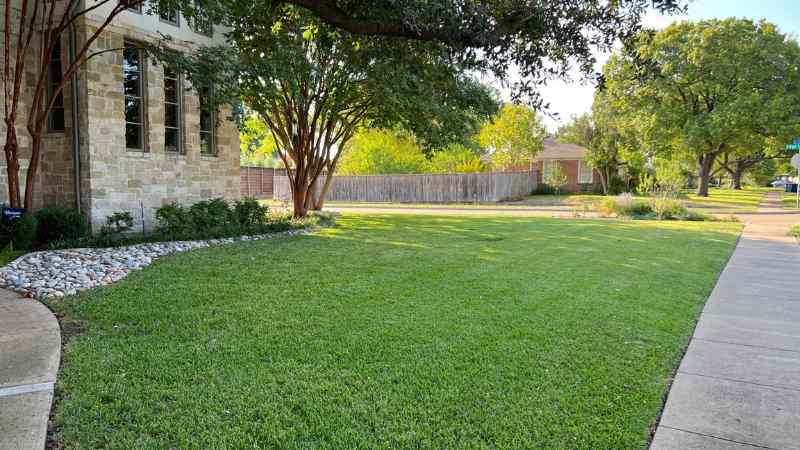

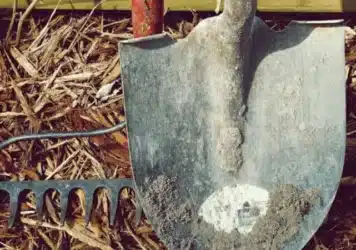
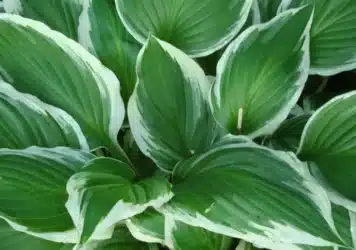

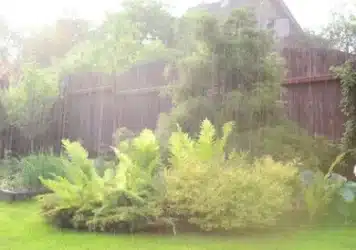
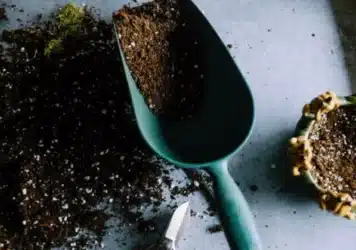

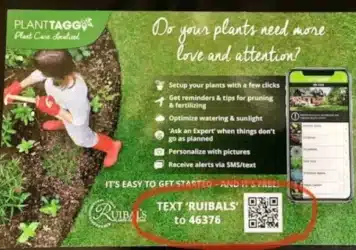


Leave a Reply